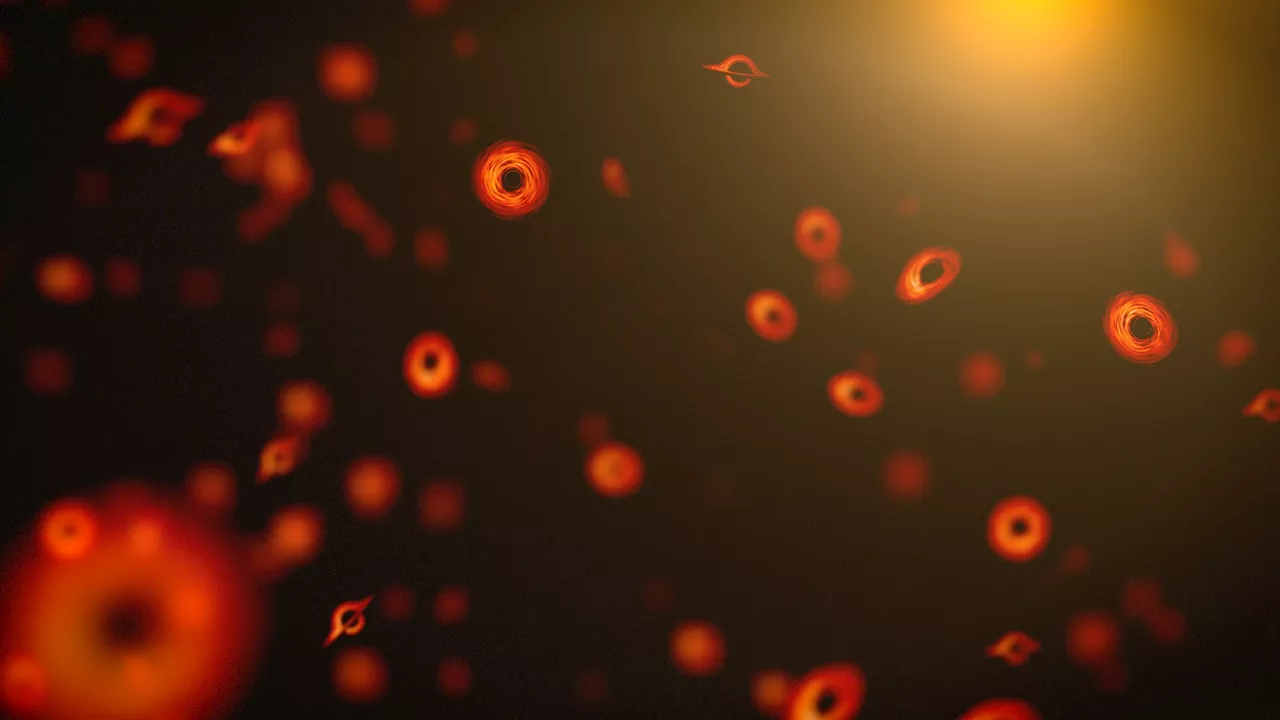Space and astronomy news
Imagine a black hole with the mass of the asteroid Ceres. It would be no larger than a bacterium and practically undetectable. But if such black holes are common in the Universe, they would affect the motions of stars and galaxies, just as we observe. Perhaps they are the source of dark matter.
Such tiny black holes could not form from dying stars, but they might have formed within the hot, dense cosmos soon after the Big Bang. For this reason, they are known as primordial black holes. We have no evidence they exist, but since they would be such a great explanation for dark matter, astronomers keep looking.. Large, almost stellar mass black holes would affect the clustering of galaxies in a way we don’t observe.
The frequency of these primordial chirps would be too high for current observatories such as LIGO to observe, but the authors point out that some current dark matter experiments might be able to observe them. One alternative model for dark matter involves a. Axions were originally proposed to solve some issues in high-energy particle physics, and while they have fallen out of popularity in particle physics, they’ve gained some popularity in cosmology.
The chances of success are pretty slim. It would be odd for primordial black holes to exist in the only allowed mass range and nowhere else, and the conditions we could observe would be pretty narrow. But it might be worth doing a search on the off chance. The nature of dark matter remains a huge mystery in astronomy, so we don’t have much to lose in trying the occasional long-shot idea.
United States Latest News, United States Headlines
Similar News:You can also read news stories similar to this one that we have collected from other news sources.
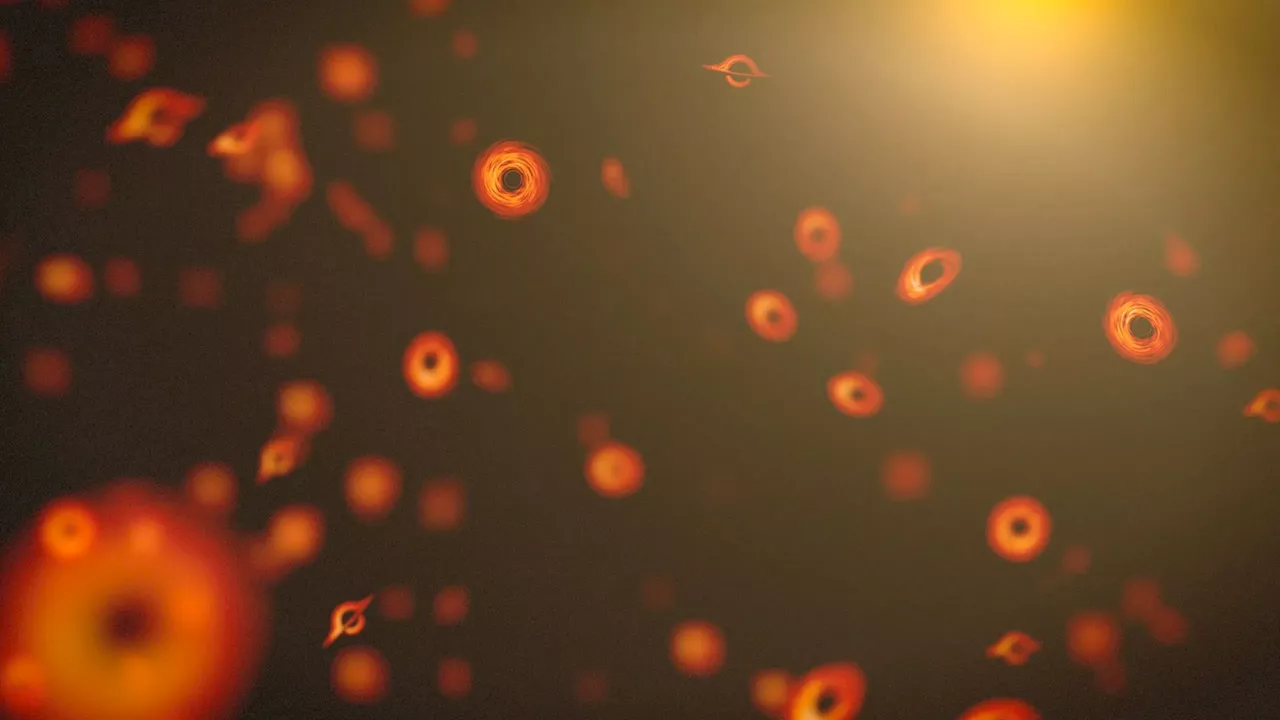 How primordial black holes from early universe could solve mystery of dark matterA recent study has proposed a new mechanism for the formation of primordial black holes that could provide answers about dark matter.
How primordial black holes from early universe could solve mystery of dark matterA recent study has proposed a new mechanism for the formation of primordial black holes that could provide answers about dark matter.
Read more »
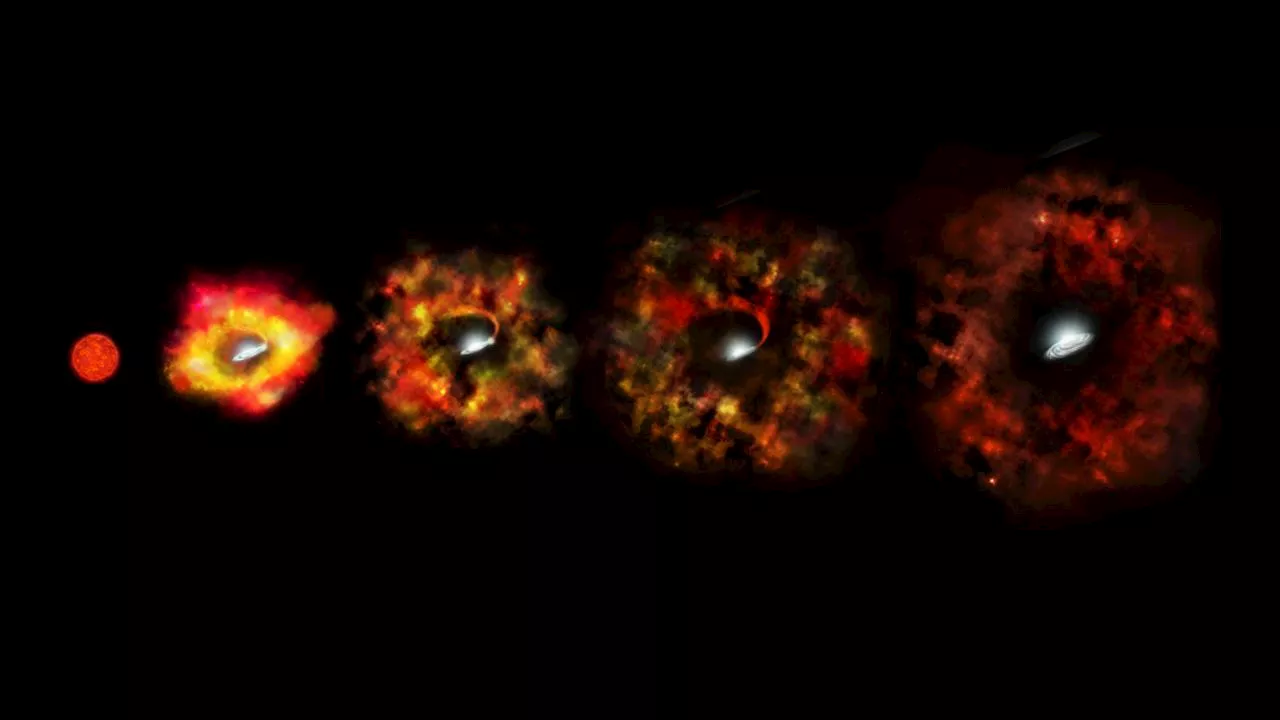 A Star Disappeared in Andromeda, Replaced by a Black HoleStars about 8 times more massive than the Sun end their lives as supernovae and leave black holes behind. But not always.
A Star Disappeared in Andromeda, Replaced by a Black HoleStars about 8 times more massive than the Sun end their lives as supernovae and leave black holes behind. But not always.
Read more »
 A Star Vanished And Was Mysteriously Replaced by a Black HoleThe Best in Science News and Amazing Breakthroughs
A Star Vanished And Was Mysteriously Replaced by a Black HoleThe Best in Science News and Amazing Breakthroughs
Read more »
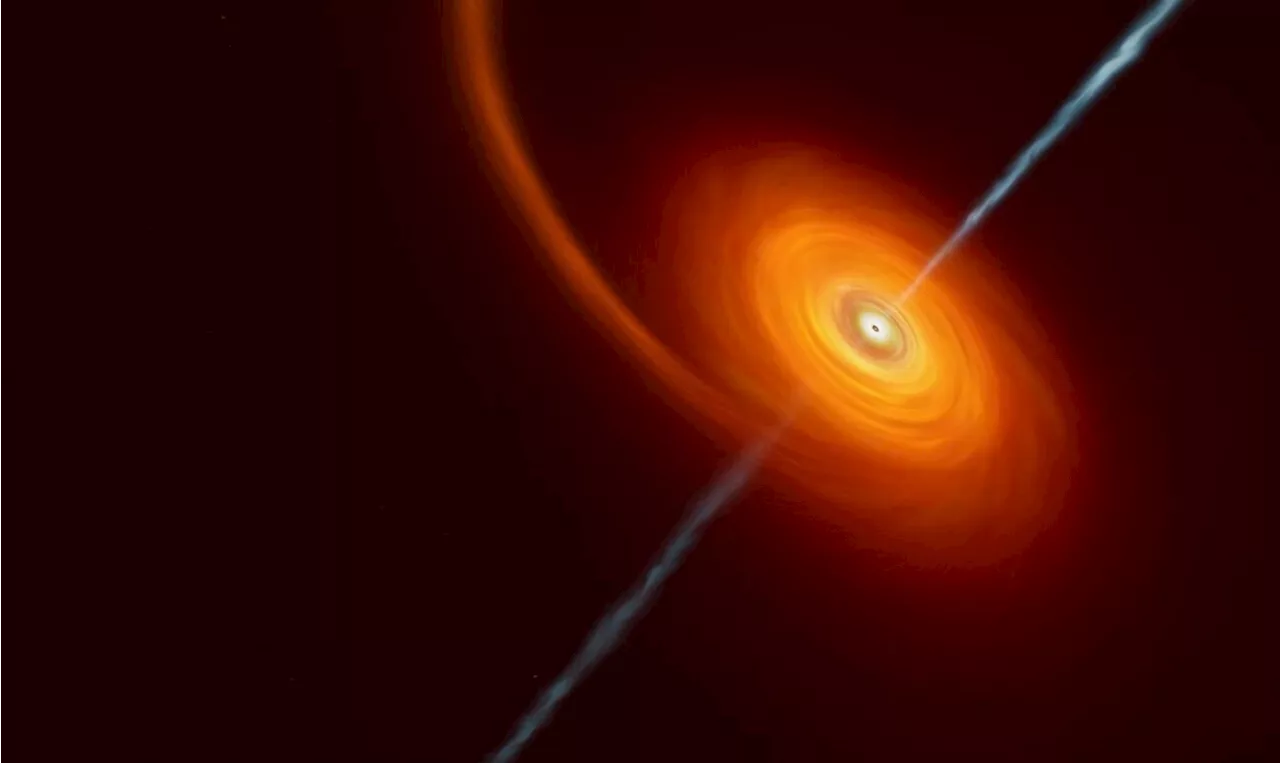 A black hole's secrets could hide in its dizzying light 'echoes'Keith Cooper is a freelance science journalist and editor in the United Kingdom, and has a degree in physics and astrophysics from the University of Manchester.
A black hole's secrets could hide in its dizzying light 'echoes'Keith Cooper is a freelance science journalist and editor in the United Kingdom, and has a degree in physics and astrophysics from the University of Manchester.
Read more »
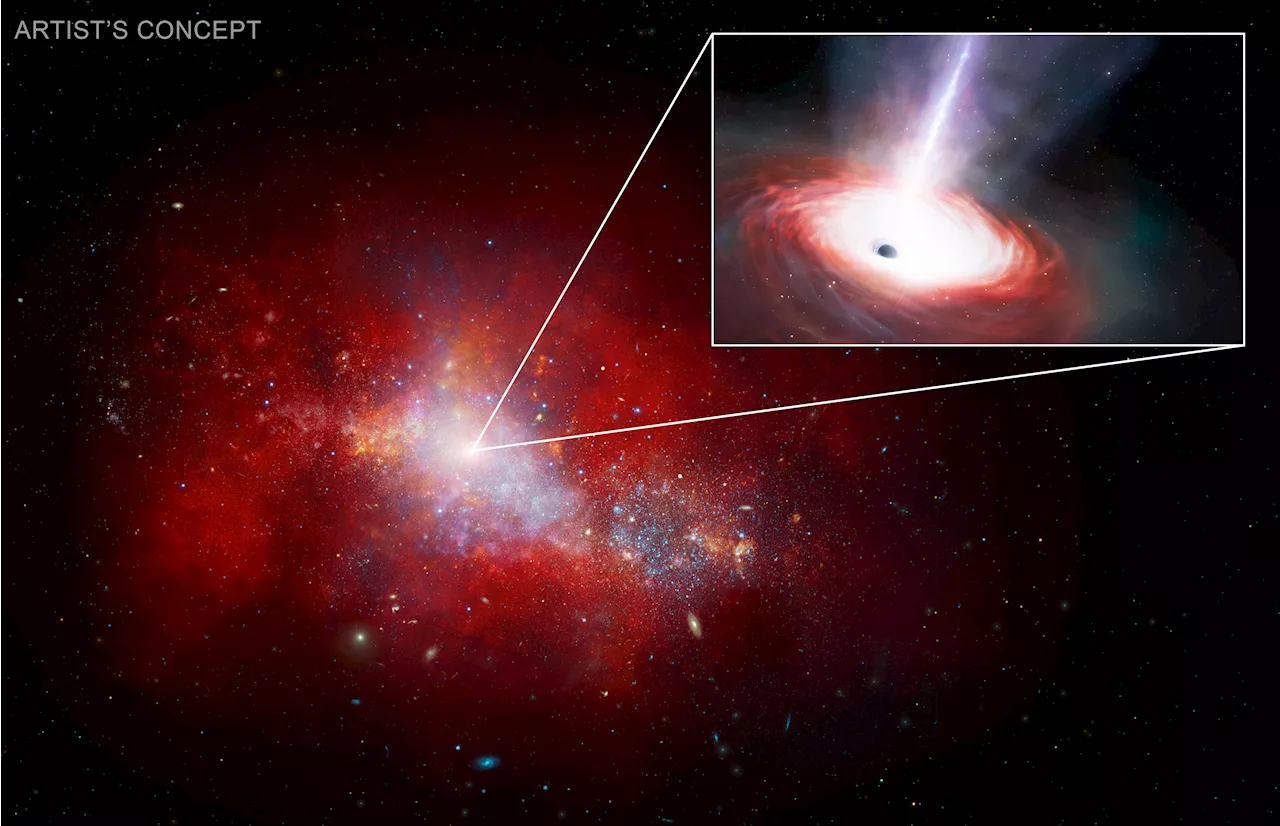 Astronomers Find Early Fast-Feeding Black Hole Using NASA TelescopesA rapidly feeding black hole at the center of a dwarf galaxy in the early universe, shown in this artist’s concept, may hold important clues to the evolution
Astronomers Find Early Fast-Feeding Black Hole Using NASA TelescopesA rapidly feeding black hole at the center of a dwarf galaxy in the early universe, shown in this artist’s concept, may hold important clues to the evolution
Read more »
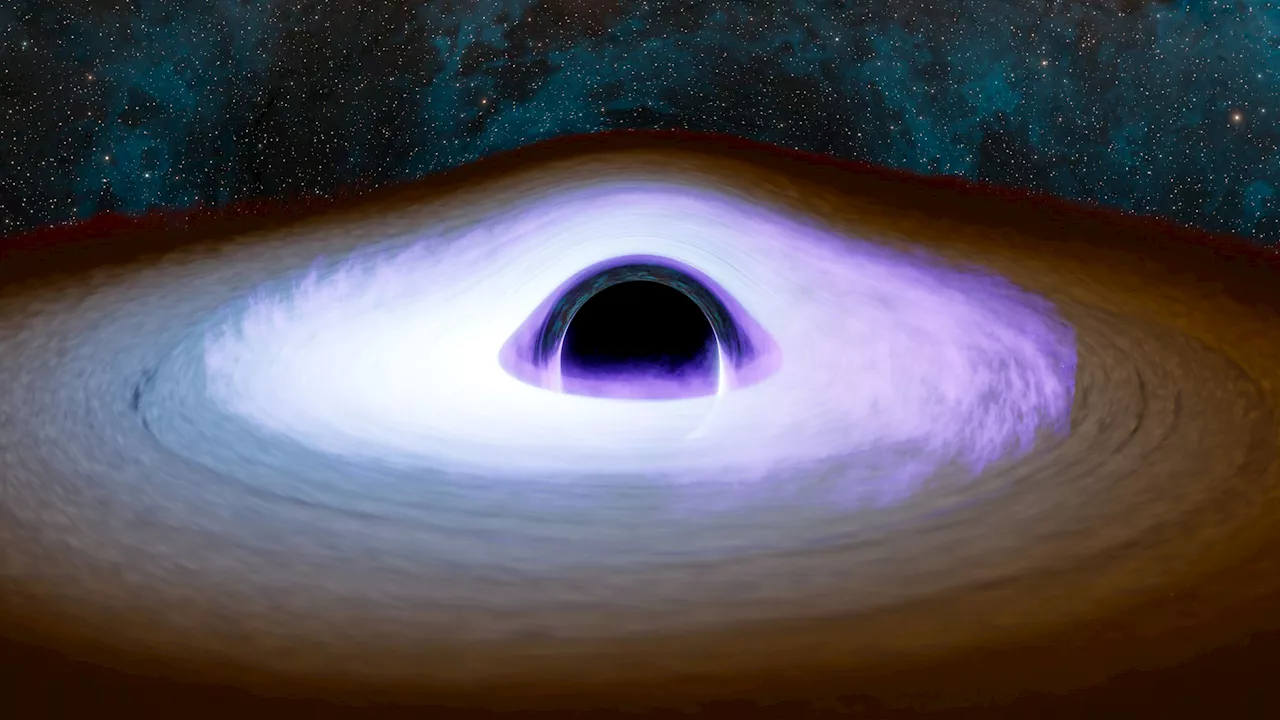 Astronomers Map the Shape of a Black Hole's Corona for the First TimeSpace and astronomy news
Astronomers Map the Shape of a Black Hole's Corona for the First TimeSpace and astronomy news
Read more »
